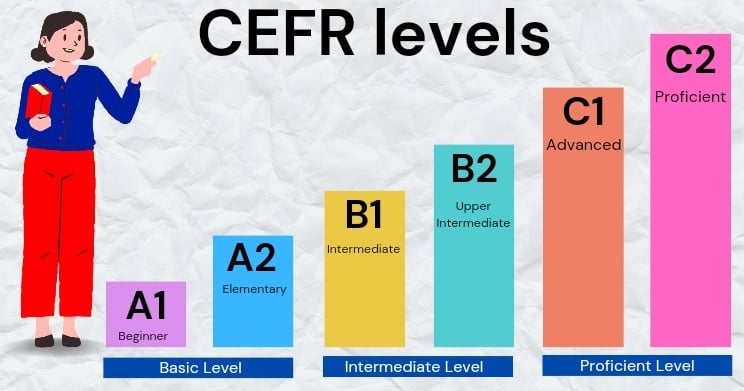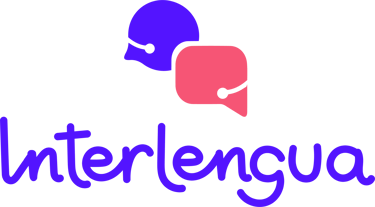CEFR LEVELS
COMMON EUROPEAN FRAMEWORK OF REFERENCEFOR LANGUAGES divides language proficiency into six levels: A1, A2, B1, B2, C1, and C2. Each level has descriptors that outline what learners can do in listening, reading, speaking, and writing. Which level do you think you have?
Interlengua- Online Language School
8/4/20253 min read


THE CEFR LEVELS - GLOBAL SCALE
The Common European Framework of Reference for Languages (CEFR) divides language proficiency into six levels: A1, A2, B1, B2, C1, and C2. Each level has descriptors that outline what learners can do in listening, reading, speaking, and writing.
Here’s a concise overview of the CEFR descriptors per level
A1 (Beginner)
Can understand and use familiar everyday expressions and very basic phrases aimed at the satisfaction of needs of a concrete type. Can introduce him/herself and others and can ask and answer questions about personal details such as where he/she lives, people he/she knows and things he/she has. Can interact in a simple way provided the other person talks slowly and clearly and is prepared to help.
Listening: Can recognize familiar words and very basic phrases concerning self, family, and immediate surroundings.
Reading: Can understand familiar names, words, and very simple sentences, for example, on notices and posters.
Spoken Interaction: Can interact in a simple way provided the other person talks slowly and clearly.
Spoken Production: Can use simple phrases and sentences to describe people and places.
Writing: Can write a short, simple postcard, fill in forms with personal details.
A2 (Elementary)
Can understand sentences and frequently used expressions related to areas of most immediate relevance (e.g. very basic personal and family information, shopping, local geography, employment). Can communicate in simple and routine tasks requiring a simple and direct exchange of information on familiar and routine matters. Can describe in simple terms aspects of his/her background, immediate environment and matters in areas of immediate need.
Listening: Can understand phrases and common vocabulary on topics like shopping, local geography, and employment.
Reading: Can read very short, simple texts. Can find specific information in everyday material.
Spoken Interaction: Can communicate in simple and routine tasks requiring a direct exchange of information.
Spoken Production: Can describe in simple terms aspects of background, immediate environment, and matters of immediate need.
Writing: Can write short notes and messages relating to matters in areas of immediate need.
B1 (Intermediate)
Can understand the main points of clear standard input on familiar matters regularly encountered in work, school, leisure, etc. Can deal with most situations likely to arise whilst travelling in an area where the language is spoken. Can produce simple connected text on topics which are familiar or of personal interest. Can describe experiences and events, dreams, hopes & ambitions and briefly give reasons and explanations for opinions and plans.
Listening: Can understand main points of clear standard speech on familiar matters.
Reading: Can understand texts that consist mainly of high frequency everyday or job-related language.
Spoken Interaction: Can deal with most situations likely to arise when travelling; can enter unprepared into conversations on familiar topics.
Spoken Production: Can connect phrases to describe experiences, events, dreams, and ambitions.
Writing: Can write simple connected text on familiar or personal interest topics.
B2 (Upper Intermediate)
Can understand the main ideas of complex text on both concrete and abstract topics, including technical discussions in his/her field of specialisation. Can interact with a degree of fluency and spontaneity that makes regular interaction with native speakers quite possible without strain for either party. Can produce clear, detailed text on a wide range of subjects and explain a viewpoint on a topical issue giving the advantages and disadvantages of various options.
Listening: Can understand extended speech and lectures and follow complex lines of argument.
Reading: Can read articles and reports concerned with contemporary issues.
Spoken Interaction: Can interact with native speakers with a degree of fluency and spontaneity.
Spoken Production: Can present clear, detailed descriptions on a wide range of subjects.
Writing: Can write clear, detailed text on a wide range of subjects; can explain a viewpoint on a topical issue.
C1 (Advanced)
Can understand a wide range of demanding, longer texts, and recognise implicit meaning. Can express him/herself fluently and spontaneously without much obvious searching for expressions. Can use language flexibly and effectively for social, academic and professional purposes. Can produce clear, well-structured, detailed text on complex subjects, showing controlled use of organisational patterns, connectors and cohesive devices.
Listening: Can understand extended speech even when it is not clearly structured.
Reading: Can understand long and complex factual and literary texts.
Spoken Interaction: Can express ideas fluently and spontaneously without much obvious searching for expressions.
Spoken Production: Can present clear, well-structured descriptions of complex subjects.
Writing: Can express ideas clearly in well-structured text, showing controlled use of organizational patterns.
C2 (Proficient)
Can understand with ease virtually everything heard or read. Can summarise information from different spoken and written sources, reconstructing arguments and accounts in a coherent presentation. Can express him/herself spontaneously, very fluently and precisely, differentiating finer shades of meaning even in more complex situations.
Listening: Can understand any kind of spoken language, even at fast native speed.
Reading: Can read with ease virtually all forms of written language, including abstract and complex texts.
Spoken Interaction: Can participate effortlessly in any conversation or discussion.
Spoken Production: Can present a clear, smoothly flowing description or argument in a style appropriate to the context.
Writing: Can write complex letters, reports, or articles with a logical structure and an appropriate style.
SOURCE
Follow us
+593 98 519 5301
interlenguaols@gmail.com


Contact us
Cuenca, Ecuador
Copyright © 2025 Interlengua
